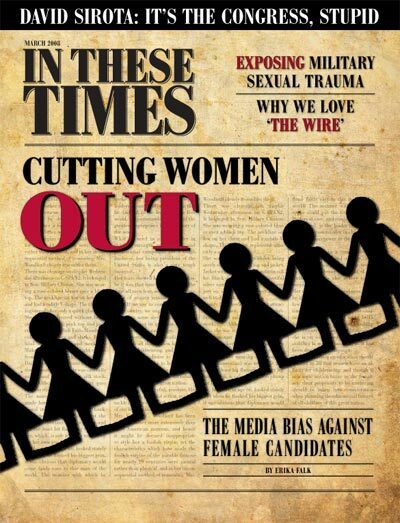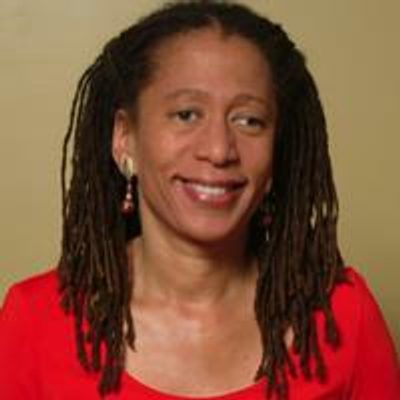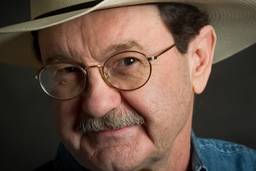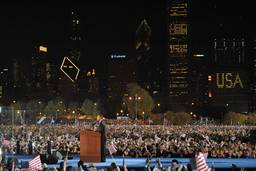America was burning. The riots unleashed by the April 4, 1968 assassination of the Rev. Martin Luther King Jr. were terrorizing cities across the nation.
Chicago was no exception. Warner Saunders got a desperate call from WLS-TV, the local ABC affiliate. They needed blacks on the air, and they needed them now. So Saunders, who was a community activist and executive director of Chicago’s Better Boys Foundation, signed up as co-host of a hastily arranged television special, “For Blacks Only.”
The special, which aired in 1968, snared such high ratings that the station gave it a regular slot and kept it going for 10 years. Saunders eventually became a full-time reporter. Today he’s the top news anchor at Chicago’s NBC station.
Saunders’ foray into TV news came weeks after President Lyndon B. Johnson’s Kerner Commission report declared, “Our nation is moving toward two societies, one black, one white – separate and unequal.”
The report, also known as “The Riot Report,” released 40 years ago this month, was a response to the urban riots of the late ’60s. Blacks, outraged over poverty and racism, took to the streets and shook up America’s powers that be.
The commission produced an exhaustive look at media coverage of communities of color and responded with a key recommendation: If the United States hoped to cool down the searing anger in its inner cities across the nation, it must do a better job of covering African Americans.
The report’s authors slammed the media, writing, “the journalistic profession has been shockingly backward in seeking out, hiring, training and promoting Negroes.”
Four decades later, there has been undeniable progress. Our cities are no longer burning. Yet in many ways, we are running on ice.
Following ‘68, news organizations scrambled to find black faces and connections. For a while, they were actually plucking talented African Americans off the streets.
In 1978, the American Society of Newspaper Editors (ASNE) set a goal to have journalists reach parity with their proportion of the population within 25 years.
We are still waiting on the ASNE vow.
In 2007, the percent of blacks, Latinos, Asians and Native Americans working in America’s daily newsrooms stood at 13.62 percent, a slight decline over the previous year, according to ASNE’s annual newsroom census. Those groups represent 33 percent of the nation’s population.
The numbers are not much better on the broadcast side. Local TV news shows boast about the rainbow of faces featured on the 10 o’clock news. But the real power lies with the news managers and producers who pick the stories and steer the coverage. That’s the “if it bleeds, it leads” coverage that passes for real reporting. Crime victims, welfare mothers and child abusers are the stars of those shows. The public housing resident with the rag on her head, the gang-banger slouching out his signs. It’s a sensational and only small slice of African-American life today.
The decision-makers don’t know any better. Most of them don’t live in those communities and they probably don’t know too many of the people who do.
Meanwhile, journalists of color are leaving the media – voluntarily and otherwise – in droves. Some have collided with the glass ceiling. Others are being pushed out by the massive changes in the media’s economy.
Ironically, at a time when the nation is on the cusp of electing its first black president, the press corps assigned to dissect the presidential race remains overwhelmingly white.
Every few years we get a “moment” when America wakes up to our long-festering racial divide – the ’60s riots, the rebellion in South Central L.A., the Tawana Brawley debacle, the O.J. Simpson saga, Hurricane Katrina.
With each moment comes new promises to bring more people of color into the media discourse.
Last year, PBS host and correspondent Gwen Ifill was suddenly getting more airtime as an analyst on the major networks, like at her alma mater, NBC News. It should be because of her experience covering politics, her deep intellect and plainspoken charm. It’s more likely because she took on Don “Nappy Head” Imus in the New York Times.
The Barack Obama Hope Machine promises us a new kind of racial moment in America. Let’s hope it’s an opportunity for lasting progress on the media diversity front as well.








